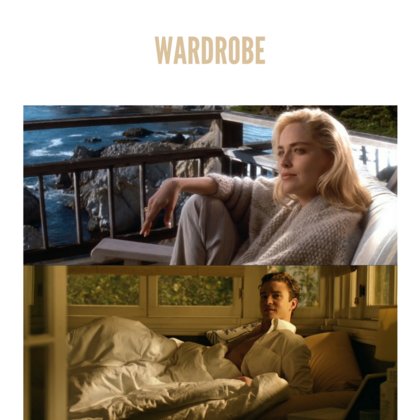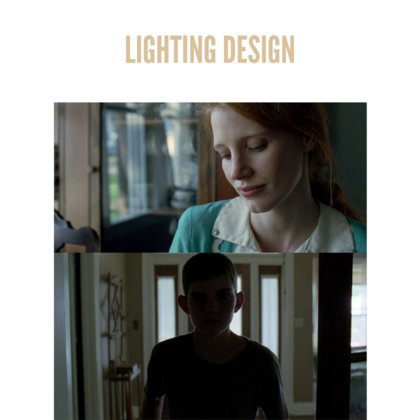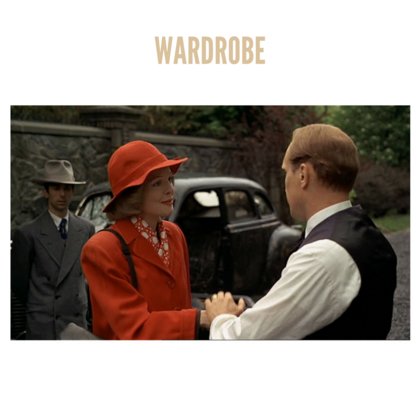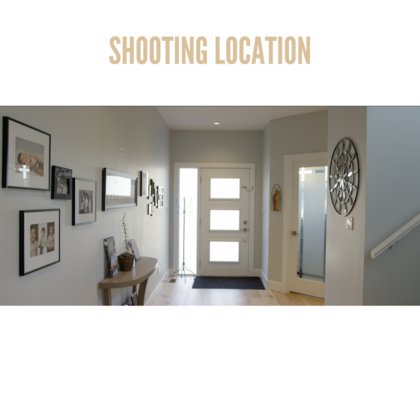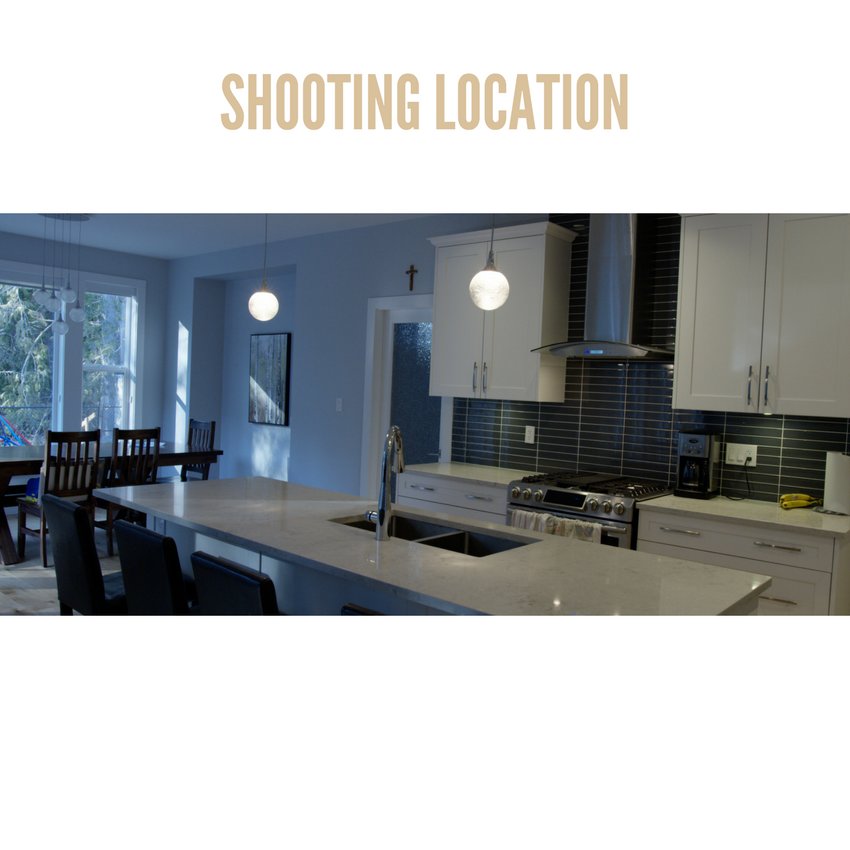
Forgetting Me
A worn-down wife desperately clings to the past as her husband’s dementia threatens to destroy their future.
Video
Pitch video
Synopsis
Inspired by my own experience, this film tells the story of a couple's personal struggle with Alzheimer's disease. All too often the story of dementia is told from the perspective of the sufferer. It's a sympathetic story, and one that definitely has merit. But we rarely see the issue from the point of view of the caregiver. These people give so much--their time, effort, money, and sometimes their own lives--to care for a loved one. And as heroic as that sounds (and it is), it's rarely so romantic. Mostly it's a hard slog. A grind. With little to no obvious reward, and even less help. As a result, relationships fray. And the caregiver is caught between compassion and resentment. Maybe even love and hate. Holding on to a lifetime that only they remember. I want to tell this story.
The team
We are a great creative duo who have collaborated on previous projects. We're both wanting to take our filmmaking career to another level. And we want to use this as a launching pad for more ambitious narrative film work. This is our moment!

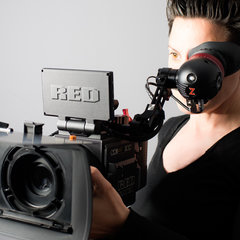
Production
Production Design
